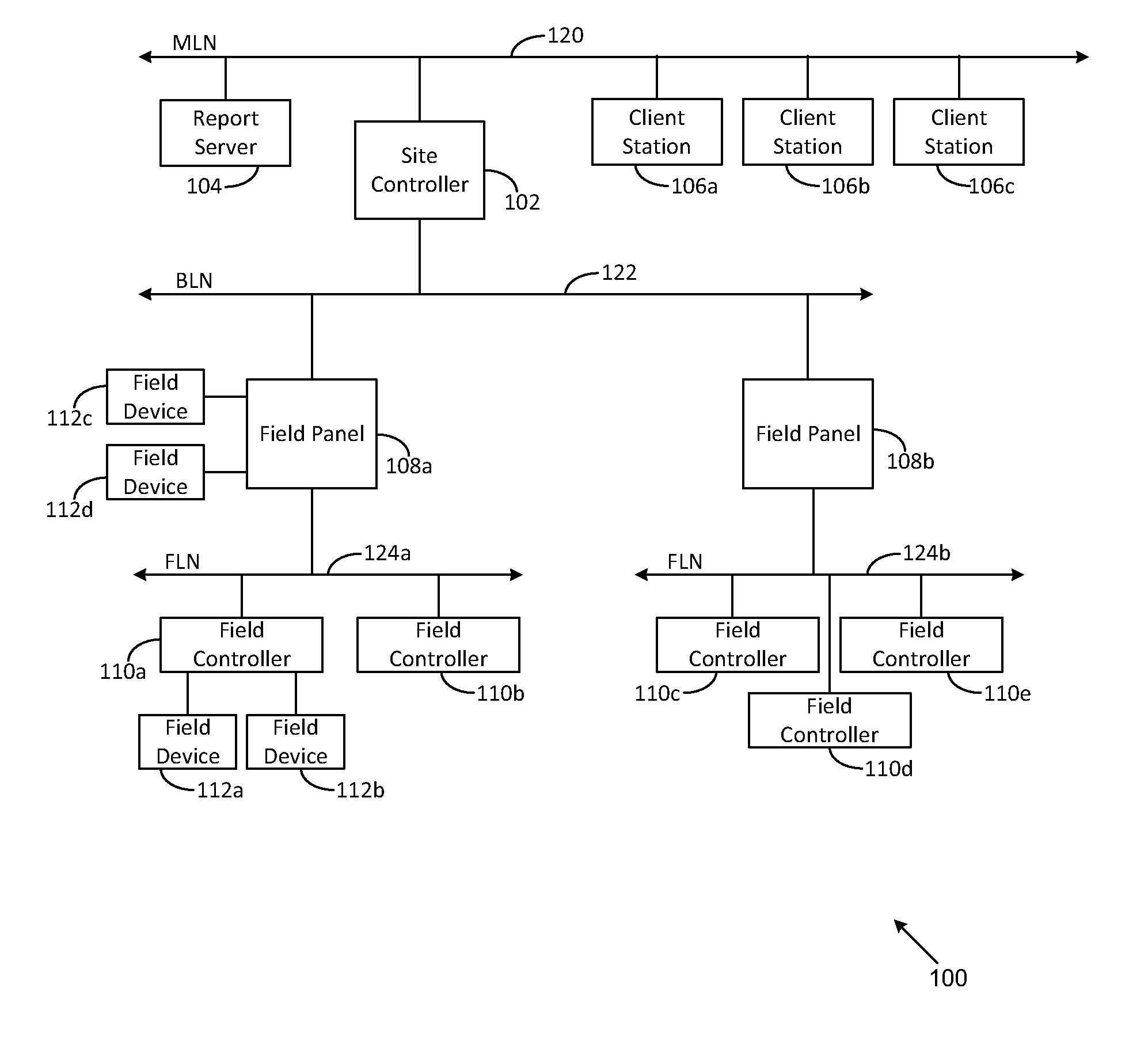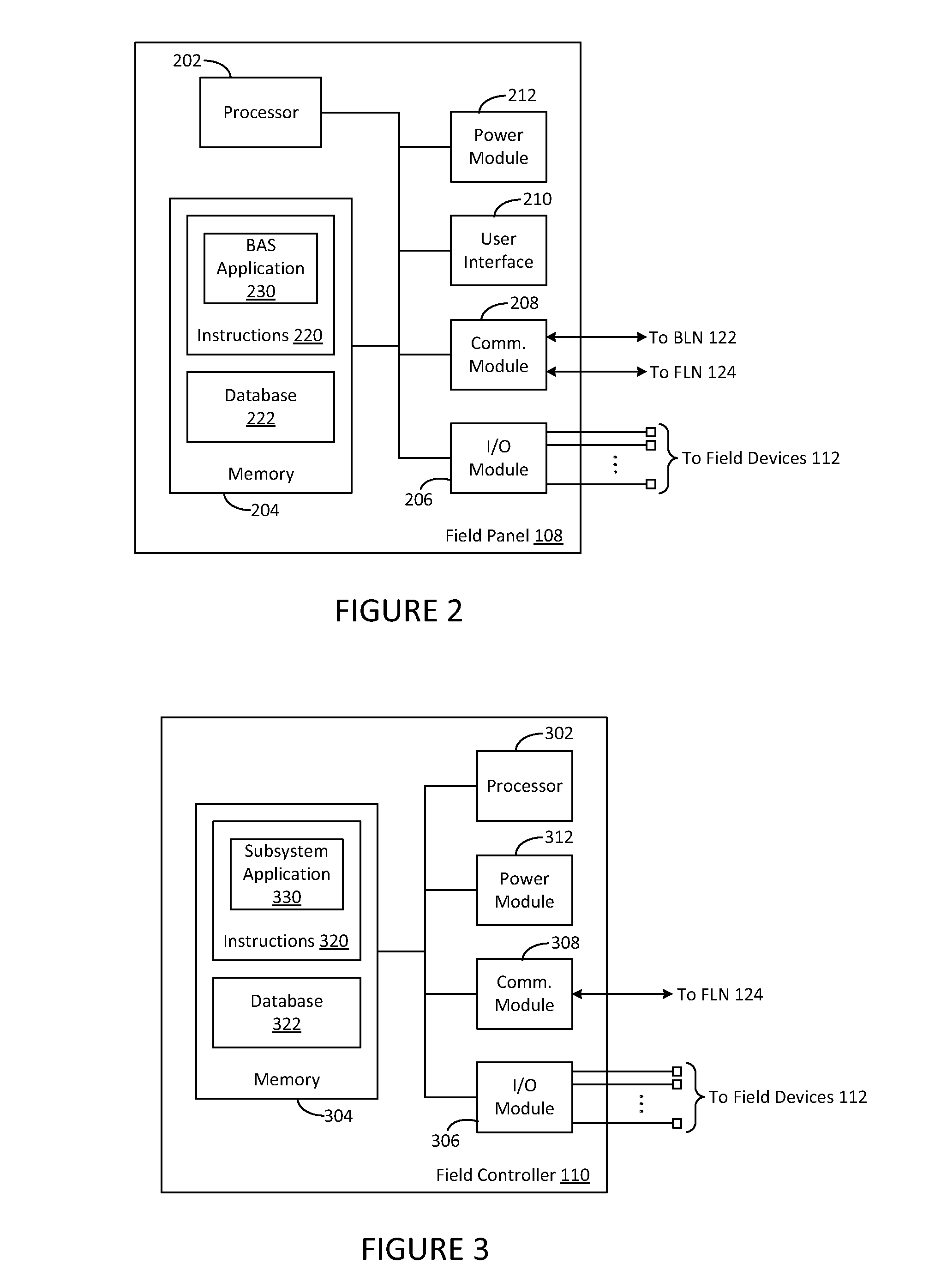Method and system for improving energy efficiency in an HVAC system
a technology for hvac systems and energy efficiency, applied in the field of building systems, can solve problems such as waste of energy and excess amount of outside air, and achieve the effect of improving energy efficiency
- Summary
- Abstract
- Description
- Claims
- Application Information
AI Technical Summary
Benefits of technology
Problems solved by technology
Method used
Image
Examples
Embodiment Construction
[0017]FIGS. 1 through 5, discussed below, and the various embodiments used to describe the principles of the present disclosure in this patent document are by way of illustration only and should not be construed in any way to limit the scope of the disclosure. Those skilled in the art will understand that the principles of the present disclosure may be implemented in any suitably arranged device or system.
[0018]Demand Control Ventilation (DCV) systems vary the amount of outside air supplied into a commercial building based on occupancy. Older heating, ventilation and air conditioning (HVAC) systems require an expensive damper retrofit, or total unit replacement in order to support conventional DCV. Recently, intelligent DCV (IDCV) has been developed to allow both new and legacy HVAC systems in real-time to adjust the amount of outside air based on actual occupancy levels, to improve air quality in humid climates, and to eliminate wasted fan energy. This IDCV provides significant ann...
PUM
 Login to View More
Login to View More Abstract
Description
Claims
Application Information
 Login to View More
Login to View More - R&D
- Intellectual Property
- Life Sciences
- Materials
- Tech Scout
- Unparalleled Data Quality
- Higher Quality Content
- 60% Fewer Hallucinations
Browse by: Latest US Patents, China's latest patents, Technical Efficacy Thesaurus, Application Domain, Technology Topic, Popular Technical Reports.
© 2025 PatSnap. All rights reserved.Legal|Privacy policy|Modern Slavery Act Transparency Statement|Sitemap|About US| Contact US: help@patsnap.com



